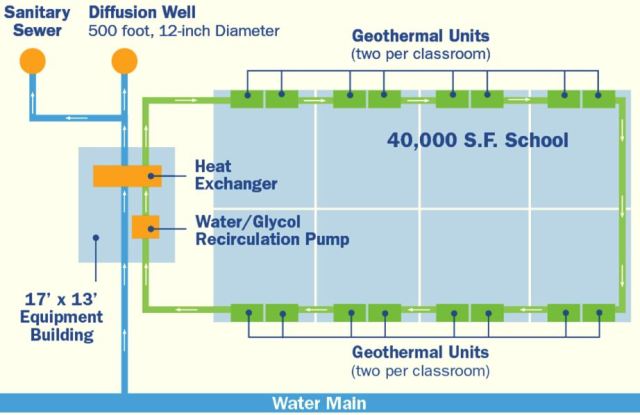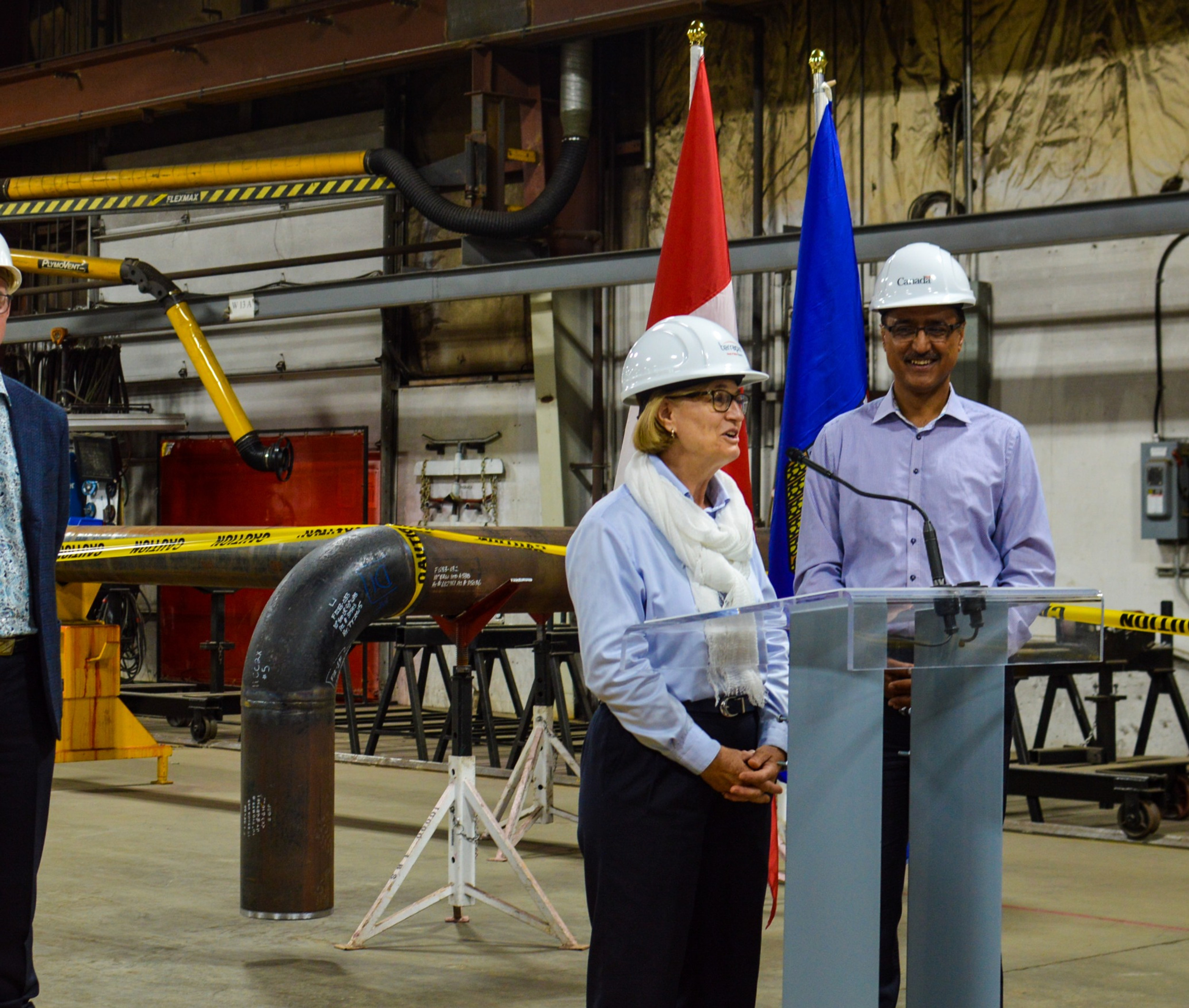The Innovations Of Civil Engineering In Geothermal Heating

Geothermal energy, a clean and renewable resource, has been gaining popularity in recent years. One innovative approach to geothermal heating and cooling is the use of a Ground Source Heat Pump (GSHP).
A GSHP system uses the constant temperature of the earth to efficiently heat and cool buildings. During the heating season, the system absorbs heat from the ground and transfers it into the building. During the cooling season, the system extracts heat from the building and transfers it back into the ground. This process is significantly more efficient than traditional heating and cooling systems that rely on burning fossil fuels.
There are three main components to a GSHP system: the ground loop, the heat pump, and the distribution system.
The ground loop consists of a series of underground pipes that are filled with a water and antifreeze solution. These pipes are buried in the ground and can either be installed horizontally, in a trench, or vertically, in a borehole. The pipes absorb heat from the ground during the heating season and transfer it to the heat pump. During the cooling season, the process is reversed and heat is extracted from the building and transferred back into the ground.
The heat pump is the heart of the system. It works by compressing and expanding a refrigerant to absorb and release heat. The heat pump takes the heat from the ground loop and increases its temperature to a level that can be used to heat the building. When cooling is needed, the process is reversed and heat from the building is absorbed and transferred back into the ground loop.
The distribution system is responsible for delivering the heated or cooled air to the building. This can be done through a variety of methods, including ductwork, radiant panels, or a combination of both.
The benefits of a GSHP system are numerous. It is a clean and renewable energy source that can reduce reliance on fossil fuels. It is also highly efficient, with a Coefficient of Performance (COP) of around 4. This means that for every unit of energy used to power the system, it can produce four units of heating or cooling energy.
Additionally, a GSHP system requires very little maintenance and has a long lifespan, up to 25 years for the ground loop and 15-20 years for the heat pump. It is also quiet and unobtrusive, with no outdoor units or visible equipment.
Frequently Asked Questions
What is the cost of a GSHP system?
The cost of a GSHP system varies depending on the size and complexity of the installation. However, it is generally more expensive than traditional heating and cooling systems. The upfront cost can be offset by energy savings over time, and there are often government incentives and tax credits available for renewable energy installations.
Will a GSHP system work in my climate?
Yes, a GSHP system can work in any climate. However, the size and complexity of the system may need to be adjusted based on the climate. For example, a system in a colder climate may require a larger ground loop to absorb more heat from the earth.
Can a GSHP system be used in an existing building?
Yes, a GSHP system can be retrofit into an existing building. However, depending on the age and condition of the building, some modifications may be necessary to accommodate the installation.
Are there any environmental concerns associated with a GSHP system?
While a GSHP system is a clean and renewable energy source, there are some environmental concerns associated with the installation of the system. The drilling required for a vertical ground loop can be disruptive to the site, and there is a risk of contamination from the antifreeze solution used in the ground loop. However, these concerns can be mitigated with appropriate planning and installation.
What is the payback period for a GSHP system?
The payback period for a GSHP system varies depending on the size and complexity of the installation, as well as local energy costs and available incentives. However, it is generally around 5-10 years.
How long does it take to install a GSHP system?
The installation time for a GSHP system varies depending on the size and complexity of the installation, as well as site specific conditions. However, it generally takes between 2-5 days for a residential installation and several weeks for a commercial installation.
Are there any maintenance requirements for a GSHP system?
A GSHP system requires very little maintenance. The ground loop and heat pump should be inspected periodically to ensure optimal performance, and the filters in the distribution system should be changed regularly. However, there are no annual maintenance requirements like there are for traditional heating and cooling systems.
Overall, a GSHP system is a sustainable and efficient way to heat and cool buildings. While the upfront cost may be higher than traditional systems, the long-term energy savings and environmental benefits make it an attractive option for those looking to reduce their reliance on fossil fuels.


Post a Comment for "The Innovations Of Civil Engineering In Geothermal Heating"